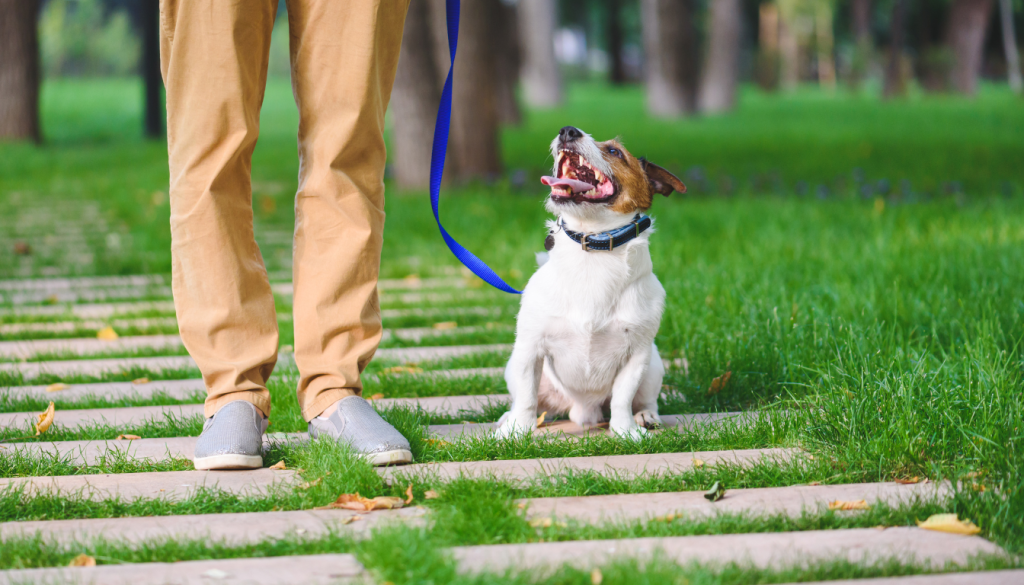Physical Address
304 North Cardinal St.
Dorchester Center, MA 02124

Picture this situation!
Your dog adores romping freely at dog parks, joyfully staying by your side.
However, the moment you leash them up? That’s when the challenge begins.
Suddenly, they dig their paws into the ground, resisting with all their might. If your pup has a theatrical streak, they might even lie down or flop over, pretending to be unmovable. Anything to avoid taking a step forward.

There are several reasons why your dog may show reluctance while walking on a leash.
These reasons can vary from experiencing anxiety or fear in certain environments to not having received adequate training and socialization.
Consider the following scenarios:
Anxiety: Paddy grew up on a quiet farm but now lives in a busy suburban area. The noise and presence of many people and dogs make him feel unsafe and anxious in his new surroundings.
Fear: Ernie used to be well-balanced until he was attacked by an off-leash dog during a walk. Since then, he has developed a fear of encountering other dogs, whether they are on a leash or not.
Lack of Training & Socialization: Sparky is a friendly and excitable pup who loves meeting new people. She tends to jump and pull on her leash when trying to greet others. When her owners try to discourage this behavior, Sparky becomes upset and refuses to walk away from her new friends.
Understanding these situations can help you address your dog’s reluctance to walk and find appropriate solutions to make walks enjoyable for both of you.
Here are five tips to help your dog feel more comfortable and confident while walking on a leash, especially if they’re experiencing any of the situations mentioned above:
Use treats and praise to encourage your dog to walk forward with you guiding them. Start indoors or in a fenced yard to minimize distractions, then gradually transition to short walks around the neighborhood.

Ensure your dog wears a properly fitted harness or collar that is comfortable and secure. It should fit snugly without being too tight or loose.
Help your dog get accustomed to wearing the leash by attaching it to their collar and letting it hang while they move around indoors or in the yard. This helps them adjust to the feeling of having something on their neck or body.

Dogs, like humans, often prefer familiarity and routine, which can make them feel more comfortable. To help your dog adjust to walking on a leash, try taking different paths when you leave your home or apartment building. Stick to areas close to home initially so your dog feels secure and knows they can return home soon.
If the tips mentioned above don’t resolve your dog’s reluctance to walk, consider seeking help from a professional dog behaviorist or trainer. They can provide expert guidance tailored to your dog’s specific needs, helping to address any underlying issues causing the reluctance to walk.

if your dog is reluctant to walk on a leash, it’s important to approach the situation with patience and understanding. By gradually introducing positive reinforcement training, ensuring comfortable walking gear, exploring different routes, and seeking professional help if needed, you can help your dog feel more confident and comfortable during walks. Remember, each dog is unique, so finding the right approach may take time, but with persistence and care, you can encourage your furry companion to enjoy their walks again.